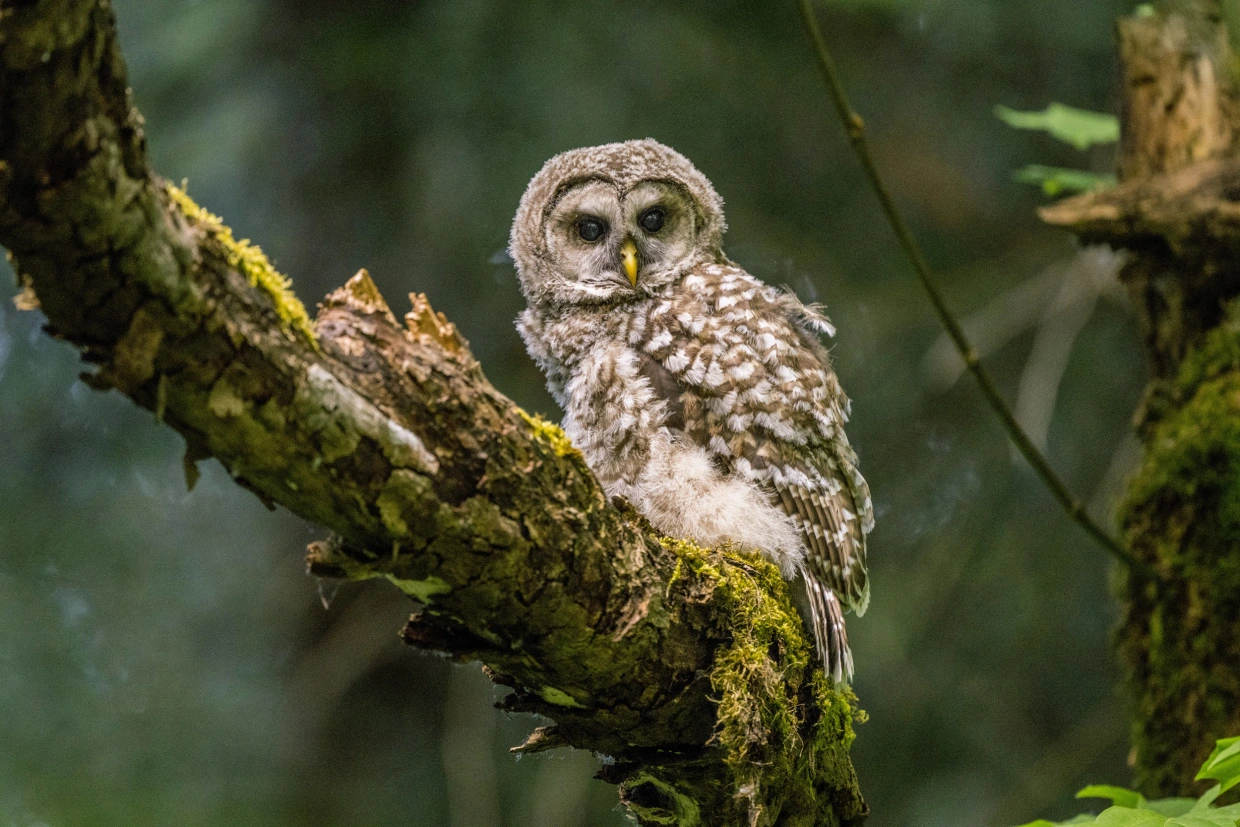The U.S. Fish and Wildlife Service is set to initiate a controversial plan aimed at saving the endangered spotted owl in California and the Pacific Northwest by reducing the population of barred owls in these regions. According to a recently released environmental impact statement, the agency proposes the elimination of up to 450,000 barred owls over the next 30 years. This proposal has faced criticism from animal welfare groups and Washington state officials.
Barred owls, native to the Eastern U.S., began appearing in the habitat of the smaller, less prolific spotted owl in the 1970s, leading to a 75% decline in the spotted owl population over the past two decades. The Fish and Wildlife Service argues that this drastic measure is necessary to reduce competition and give the spotted owl a fighting chance. A 2021 study funded by the agency found that spotted owls had a 10% higher survival rate in areas where barred owls were removed.
Bridget Moran, the Fish and Wildlife Service’s deputy state supervisor in Oregon, underscored the urgency, stating, “We have to manage the barred owl. There is time to protect spotted owls, but that window is closing.”
The plan involves trained crews using recorded calls to lure barred owls before shooting them. Public hunting will not be allowed. The goal is to manage the barred owl population rather than eradicate it, reducing it by approximately 0.5%.
The proposal has elicited varied responses. Jennifer Best, wildlife law director for Friends of Animals, denounced the plan as “senseless and cruel” and hinted at potential legal challenges. Washington’s public lands commissioner, Hilary Franz, questioned the plan’s financial implications and feasibility, calling it an “extreme solution” with a cost potentially reaching $235 million over 30 years.
Moran noted that the program’s costs are still uncertain and will depend on the involvement of various agencies and land managers. Meanwhile, Oregon’s Department of Forestry has voiced support for the proposal, acknowledging the serious threat posed by barred owls.
The Fish and Wildlife Service is expected to make a formal decision within a month and will need to secure a permit under the Migratory Bird Treaty Act to commence the culling.
CORRECTION (July 3, 2024, 11:17 p.m. ET): An earlier version of this article incorrectly stated the last name of a Fish and Wildlife Service biologist. She is Robin Bown, not Brown.
